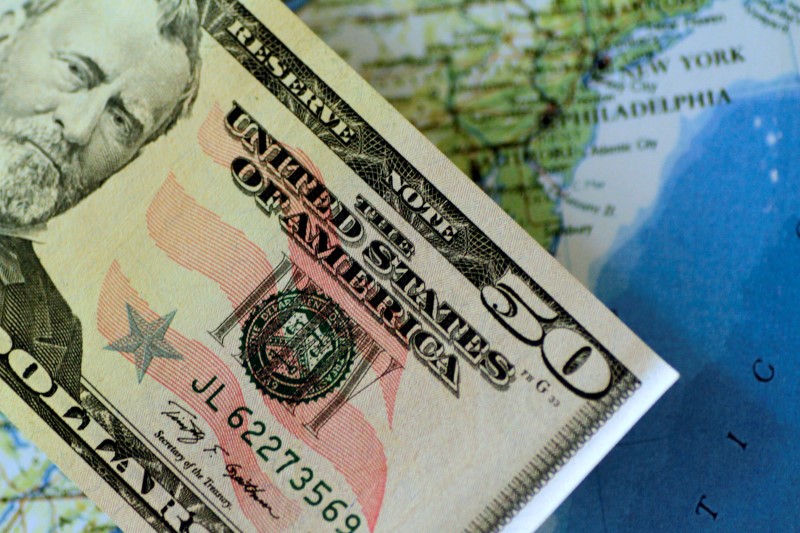By Shinichi Saoshiro
TOKYO (Reuters) - The dollar sagged against its major peers on Monday, losing traction as U.S. Treasury yields stayed low amid fading expectations that the Federal Reserve to hike interest rates again later this year.
The dollar index against a basket of six major currencies was a fraction lower at 97.239 (DXY), adding to Friday's losses when it fell 0.4 percent.
The index had climbed to a one-month peak of 97.871 earlier last week, supported by expectations that the Fed, fresh from a mid-June rate hike, would tighten policy again as early as September.
But such expectations ebbed over the course of a week, with investors doubtful of another rate increase this year as U.S. data on balance have fallen short of forecasts.
"The main reason behind the weakness of the dollar, which has lost its upward momentum since the Fed rate hike, is U.S. yields stuck at low altitude," said Junichi Ishikawa, senior FX strategist at IG Securities in Tokyo.
"Yields appear to better reflect U.S. fundamentals relative to equities, and in focus this week are political developments and the various indicators due for release."
U.S. data due next week include the June consumer confidence indicator, pending home sales, crude oil inventories, revised first quarter GDP and the PCE price index.
Yields on the benchmark 10-year Treasury note (US10YT=RR) rose briefly after the Fed tightened policy this month but have drifted lower since as expectations of low inflation continued to boost demand for longer-dated debt. Friday's decline took it closer to a seven-month low of 2.103 percent plumbed on June 14.
The greenback was down 0.1 percent at 111.235 yen
The euro added 0.05 percent to $1.1198
The pound was buoyant after making strong gains on Friday, helped by a shift in expectations that has some in the market backing the Bank of England to raise interest rates within months. [GBP/]
Sterling was 0.2 percent higher at $1.2745
The Australian dollar inched up 0.05 percent to $0.7569

(This version of the story corrects timing of upcoming U.S. indicators in paragraph 7 to "this week" from "next week".)